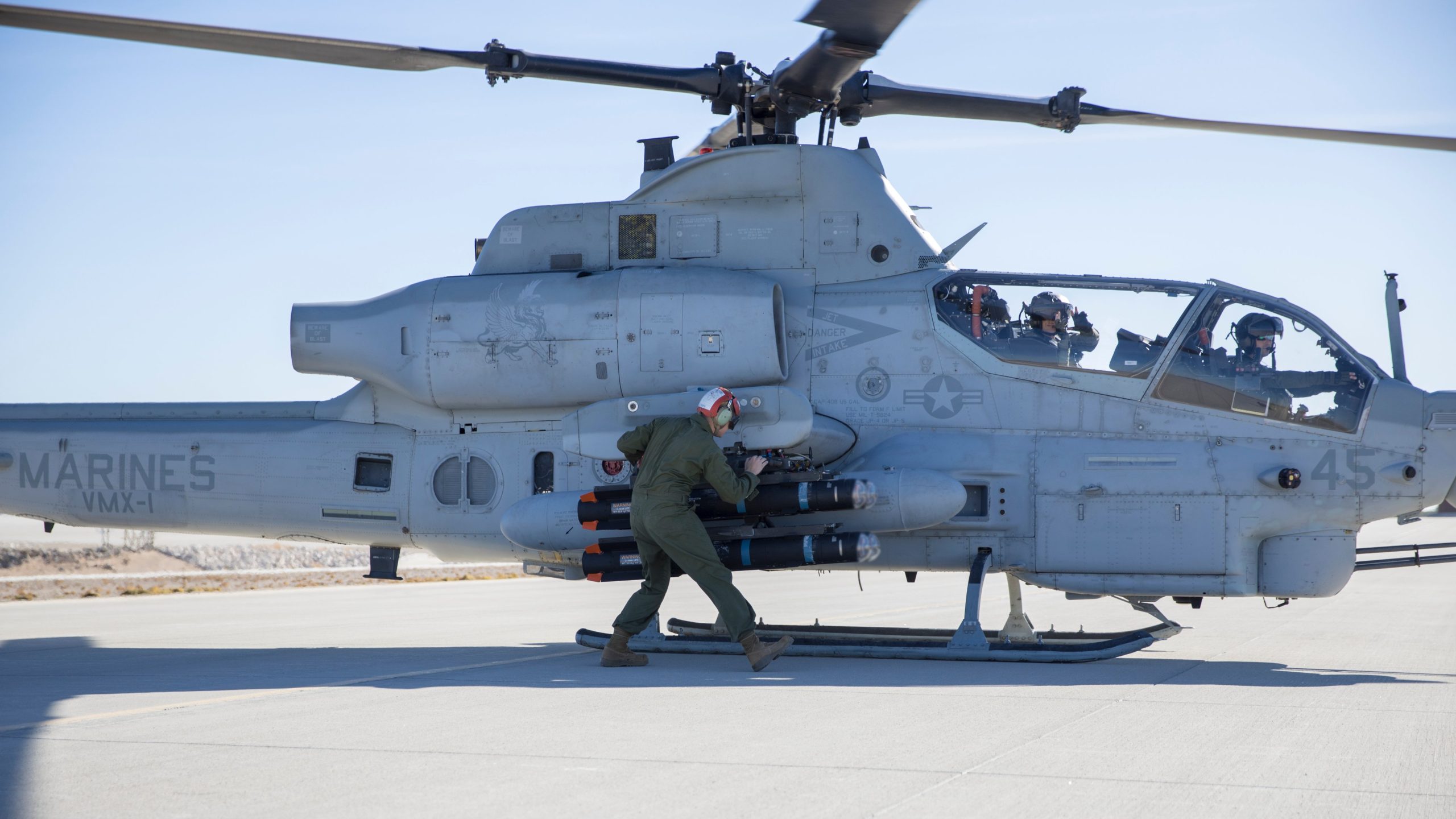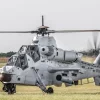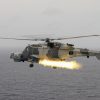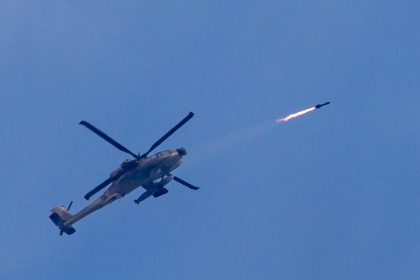The development of a new multirole, air-launched missile for the U.S. military was anything but straightforward. Faced with technical challenges, shifting requirements, and budget constraints, the Joint Air-to-Ground Missile (JAGM) program weathered a stormy road to success. Today, despite the compromises made along the way, the AGM-179 JAGM is poised to become a key weapon system not just for the United States, but also for allies like the Netherlands, Poland, and the United Kingdom, who plan to integrate it into their attack helicopter fleets.
The Birth of the Attack Helicopter: AH-1 Cobra
It seems almost unimaginable today, but the world’s first dedicated attack helicopter wasn’t the result of years of theoretical planning—it was born out of sheer battlefield necessity. The Bell AH-1 Cobra, designed and produced at breakneck speed during the Vietnam War, was intended to provide fire support for UH-1 Iroquois “Huey” transport helicopters during high-risk air assaults.
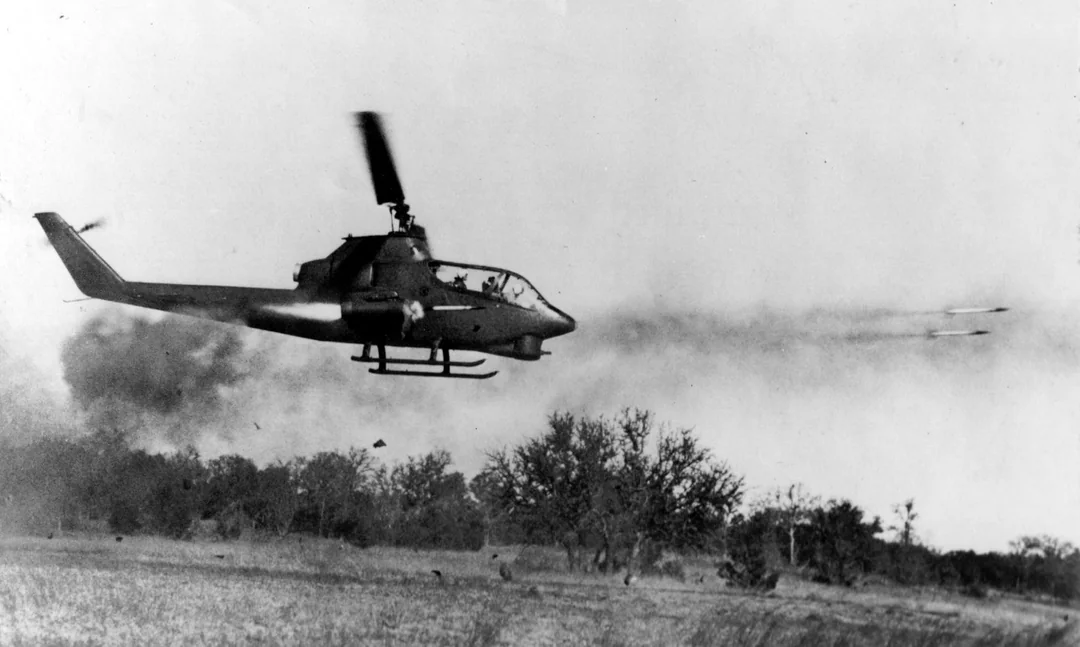
Sharing most components with the UH-1—including engines, rotors, and avionics—the Cobra featured a streamlined fuselage and enhanced armament tailored for direct combat. Its success on the battlefield would cement the attack helicopter as an indispensable asset for modern militaries.
The Search for an Anti-Tank Solution
Even as the Vietnam War raged, military planners realized that helicopters like the Cobra could be devastating platforms for anti-tank warfare. However, a major problem loomed: there was no suitable anti-tank guided missile available.
The U.S. Air Force’s AGM-65 Maverick, though effective, was far too large and heavy for helicopters. Measuring 2.5 meters in length with a wingspan of 72 centimeters and a launch weight of 210 kilograms, a Cobra could barely manage two Mavericks—hardly ideal for fast, flexible operations.
This forced the Army to look inward, where only one real option existed: the BGM-71 TOW missile.
Why the TOW Was a Poor Fit for Helicopters
Although the TOW had proven highly effective as a ground-launched anti-tank weapon, it presented serious drawbacks when adapted for helicopters:
- Wire-guidance system: The missile traveled slowly (278–320 meters per second) and required a direct, uninterrupted line of sight to the target.
- Manual guidance: Operators had to manually keep the crosshairs on the target until impact, which was feasible for ground troops but hazardous for helicopters operating kilometers away under fire.
- Terrain vulnerability: Urban environments, forests, and powerlines could easily snag and sever the missile’s wire during flight.
Clearly, a better solution was needed. When the U.S. Army launched the Advanced Attack Helicopter (AAH) program in 1972—which would eventually produce the AH-64 Apache—developing a purpose-built air-to-ground missile was a top priority.
Enter the Hellfire
The result was the AGM-114 Hellfire—an anti-tank missile designed specifically for helicopter operations. It solved many of the problems that plagued the TOW:
- No cumbersome launch tube (saving weight).
- Laser guidance, eliminating the need for vulnerable wires and significantly increasing missile speed (Mach 1.3, or around 444 meters per second).
- Lighter construction (45 kilograms), allowing for easy loading by ground crews without special equipment.
Fielded alongside the AH-64 Apache in 1986, the Hellfire became the gold standard for helicopter-launched anti-tank missiles worldwide.
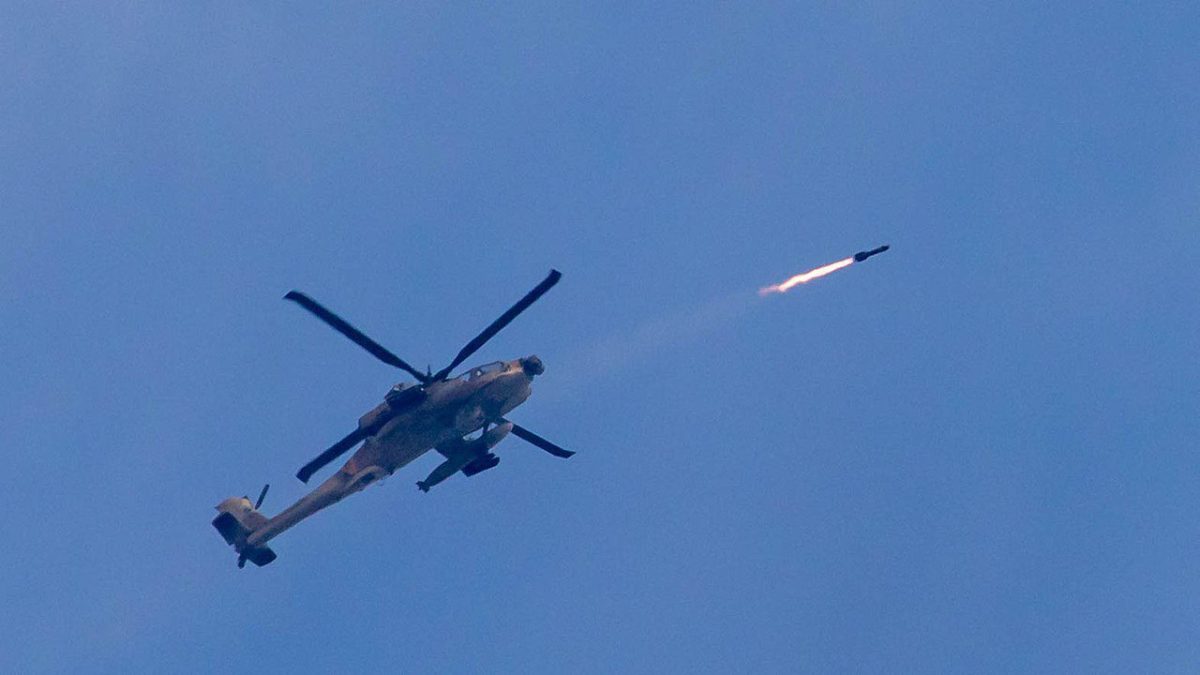
Time for a New Generation
Despite the continued excellence of the Hellfire—especially in its Longbow radar-guided variant—the early 2000s ushered in a new era of requirements. The U.S. Army sought a successor that could replace not only the Hellfire but also the larger AGM-65 Maverick missile.
Thus began the Common Modular Missile (CMM) program in 2002, later renamed the Joint Common Missile (JCM) to emphasize its intended cross-platform compatibility. Unfortunately, budget cuts spelled the end of the JCM in 2007 before it could reach production.
The Bumpy Road to JAGM
Undeterred, the military launched the Joint Air-to-Ground Missile (JAGM) program in 2008 with similar goals. Initially, competition between Lockheed Martin and the Raytheon-Boeing team promised innovation. However, several obstacles slowed progress:
- Budget pressures: Congress continued funding the program even as the Pentagon showed waning enthusiasm.
- Disagreements over guidance systems: The Army preferred a dual-mode seeker (laser + radar), while the Marine Corps, whose AH-1Z Viper helicopters lacked radar, advocated for an imaging infrared (IIR) seeker.
- Contractor fatigue: Delays and shifting requirements dampened industry interest.
Ultimately, Lockheed Martin’s laser/radar design won out, and Raytheon withdrew.
The AGM-179 JAGM: A Product of Compromise
After years of development struggles, the AGM-179 JAGM finally entered full-rate production in 2022. Yet, it fell short of its original vision:
- Limited range: Around 8 kilometers, significantly less than the 20+ kilometers initially desired.
- Dual-mode seeker only: The lack of an IIR sensor means no true “fire-and-forget” capability for platforms without onboard radar.
- Reduced operational flexibility: Particularly for Marines operating radar-less AH-1Z Vipers.
Despite these limitations, the JAGM still offers solid performance and a smoother transition from legacy systems, using the same launch rails and support equipment as the Hellfire.
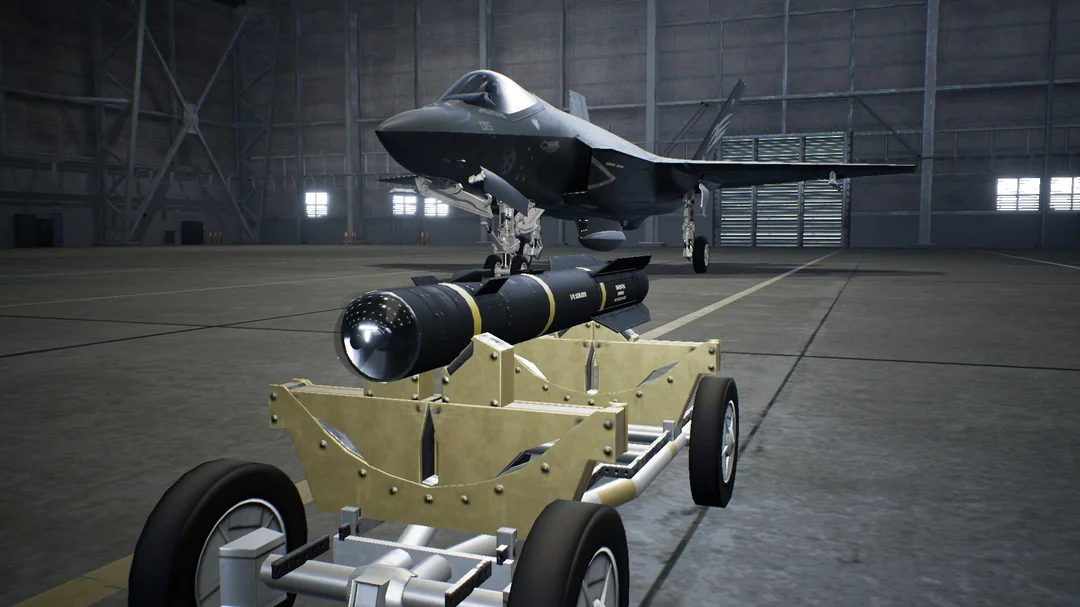
Looking Ahead: The JAGM-MR
Recognizing the need for greater capability, Lockheed Martin is now developing the JAGM-MR (Medium Range) variant. Promising upgrades include:
- Extended range up to 16 kilometers (tested in 2022).
- Tri-mode guidance system: Combining laser, radar, and near-infrared (NIR) seekers for maximum flexibility.
- Naval and air defense applications: Broadening the missile’s operational roles beyond helicopters.
If successful, the JAGM-MR could deliver on the original promise of a true multirole missile.
Conclusion
The AGM-179 JAGM may be a compromise compared to its ambitious beginnings, but it represents a critical evolution in air-launched precision weaponry. It ensures that frontline helicopters like the AH-64E Apache and the AH-1Z Viper—in U.S., Dutch, Polish, and British service—remain lethal against modern armored threats.
As the battlefield continues to evolve, so too will the missiles that dominate it. The JAGM, and its future variants, are set to play a central role in that next chapter.




